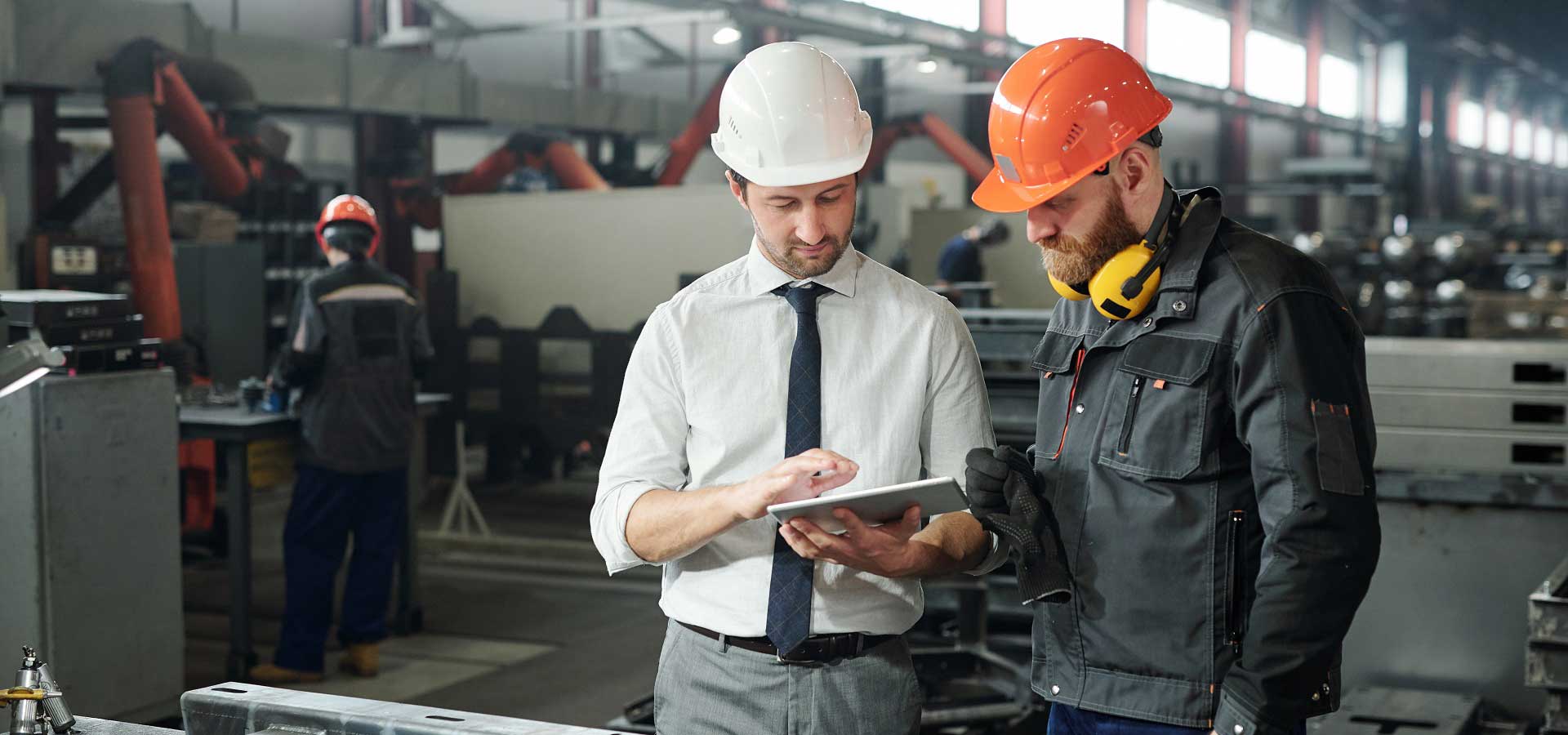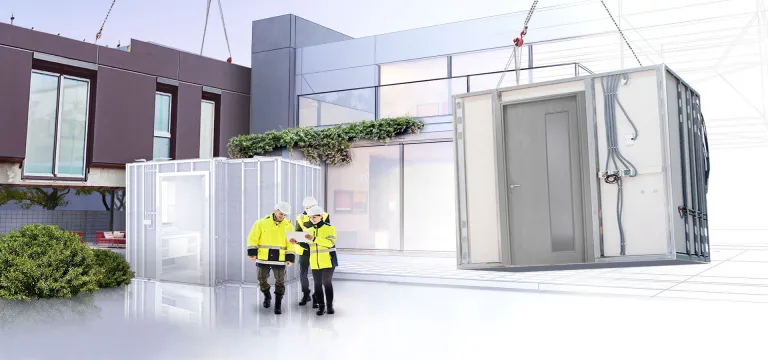Building & Facilities
Transform the construction value chain through productization
What are the challenges changing the Building & Facilities landscape?
Rethink traditional AEC processes to deliver projects on budget & ahead of schedule.
- Owners & Operators
- Designers
- Contractors
We have an ambitious climate strategy underway to reduce our carbon footprint by up to 50% during this decade.
Owners & Operators
Developing in a sustainable way
Owners and operators use their capital to make social contributions through buildings and urban developments. Therefore, they must consider sustainability, resilience, and the circular economy. These conditions make it imperative to find reliable construction partners who can solve complex goals as a team.
Improving the performance of facilities
The total cost of ownership across the entire lifecycle must be considered. The 3DEXPERIENCE Cloud connects every project ecosystem in a cohesive, collaborative space. It enables users to assess building performance, impact the complete value chain, and collaborate on holistic performance solutions.
Creating affordable and livable communities
A sustainable society is made up of unique, affordable homes and healthy spaces. Owners and operators collaborate with contractors and manufacturers through cloud-based virtual environments. As a result, project contributors can embrace productization and improve efficiency and transparency for more personalized, affordable, and livable communities.
CATIA let us optimize the 3D model in parametric terms, making it possible to cut way down on the number of irregular parts.
Designers
Quality of occupant experience
Designers and engineers iterate design processes for a building design to meet the client's requirements. Designers are tasked with adhering to unprecedented sustainability policies, regulations, and standards, reusing vast amounts of technical knowledge, personalizing designs, and balancing quality with costs.
Generative design systems dramatically improve design efficiency while automatically reusing design knowledge and unlocking creativity.
System engineering for the building lifecycle
Traditionally, designers and builders work in silos. This approach makes it difficult to deliver value to owners and makes solving complex challenges arduous. A building is a system of systems. It relies on the cohesion of building operations and the configuration of modularized subsystems to function efficiently.
The modularized building opens the way to solving complex issues such as compliance with sustainability regulations and using generative design to improve design flexibility while incorporating construction know-how and planning for the renewal of buildings and facilities.
Connected ecosystems
A building is a tailor-made assembly comprised of standard elements integrated by multiple teams. Connecting all stakeholders is essential for delivering high-quality, sustainable buildings. As long as the construction industry is solely project-based and highly fragmented, both vertically and horizontally, inefficiencies will remain. Designers and engineers who connect to manufacturers and contractors through a cloud environment have the power to transform the construction value chain for the better.
The platform brings together all stakeholders around a single source of truth
Contractors
A changing value chain
Balancing delivery and personalized production in highly fragmented markets is inherently complex. Responding to these demands requires transformation across the construction industry. For example, General Contractors (GCs) will serve as prime integrators of multi-trade modules, specialty contractors will morph into virtual makers and micro-factories will become more prevalent.
Skill scarcity
Specialized skills such as electrical plumbing experts are hard to find. As the availability of skilled workers continues to decline, it is necessary to accumulate and translate these skills into digitized knowledge. With GCs and specialized contractors digitizing knowledge and collaborating in virtual environments, trade-based skills can be designed into modularized systems.
Sustainability compliance
The need for sustainability, resilience and a circular economy has led to a dramatic increase in policies, regulations and new standards. General and specialized contractors must overcome these new challenges while responding to time pressure, skilled labor decrease, safety management, and profitability improvements.




